“
New Zealanders have a term for this: “tiki tour”. It’s used to describe a trip that’s neither direct nor efficient, a meandering loosely-planned journey full of unexpected discoveries and unplanned ice cream stops.
It’s no wonder that New Zealanders have a phrase like tiki tour — the country is set up for indie travel, both in terms of infrastructure and cultural values.
1.You can’t get lost
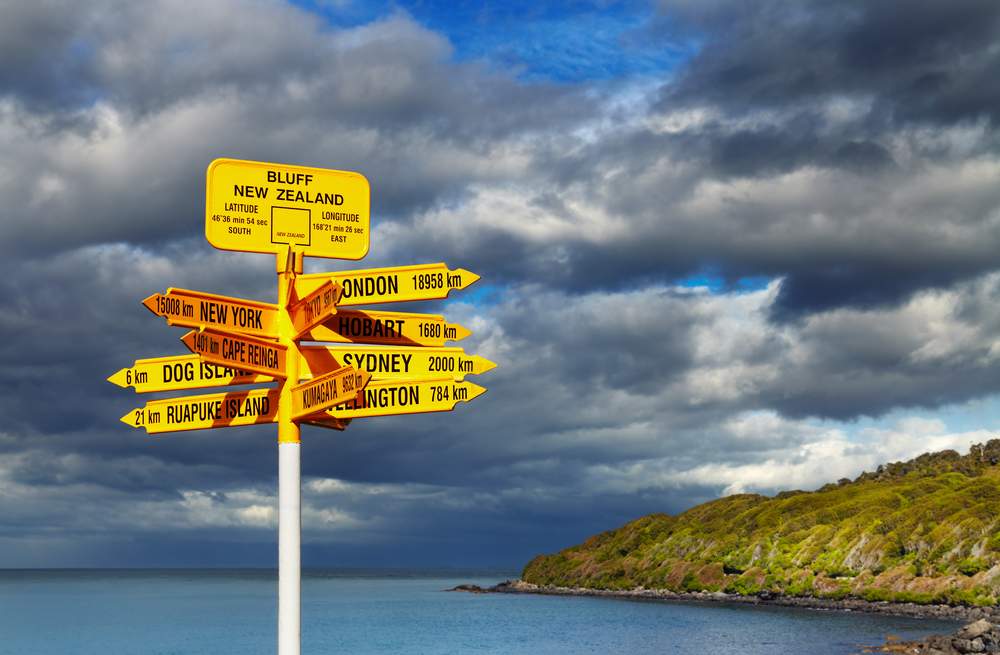
Even better, the entire country is dotted with remarkably helpful information centers called i-Sites, tourist information points stocked with brochures for nearby attractions and food and lodging, and staffed by people who will happily give you the weather forecast, directions to anywhere, and even make your skydiving reservations for you. Essentially, an i-Site offers the functionality of a smartphone, but without the price of a data plan. You’ll find one in almost every sizeable town in New Zealand.
Rather than taking all the excitement and spontaneity out of travel, the thorough and accessible information actually facilitates unexpected adventures. Nowhere is it easier to travel without a guidebook than in New Zealand — who needs one when you can drive into the nearest town and find a holiday park just by following a sign? Or when the signposts on the side of the road tempt you with all the seal colonies and caves you could ever need to fill a day?
Practical information: Finding an i-Site is as easy as following the signs that point to it. Really, getting lost in New Zealand is much harder than you’d expect. That said, it’s doable. Having a map in the glove compartment never hurt anyone.
2. You can see and save in a Campervan
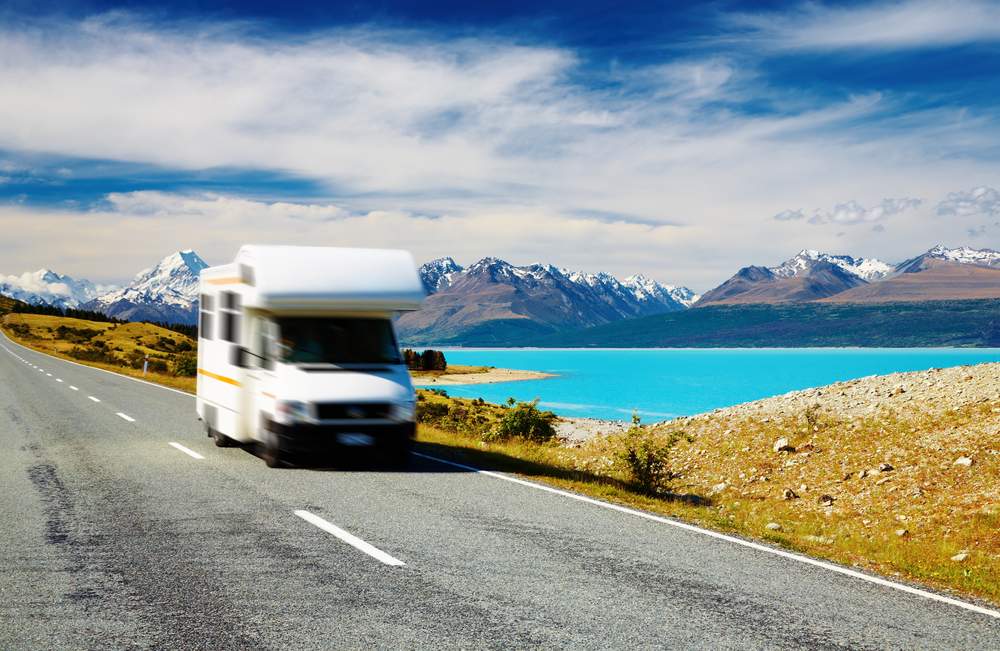
Along the way, campers stay at holiday parks or campsites. Not only is this significantly cheaper than staying in hotels or hostels, but it’s a great way to meet other travelers. Holiday parks, in particular, emphasize the communal: shared cooking and dining facilities, lounge areas, entertainment rooms and bathrooms.
Campervanning is popular with domestic tourists as well as international travelers, so you’re likely to meet a well-mixed group of kiwis and foreigners. New Zealanders are especially excited to promote the highlights of their country (I’ve gotten great recommendations for restaurants and fishing spots), and those who come from farther afield usually have some gems of their own. You may even pick up some new travel companions.
Practical Information: There are tons of rental options for campervans in New Zealand, so shop around. Finding holiday parks isn’t hard either—almost every town has at least one. Top 10 operates holiday parks all around New Zealand, and if you think you’ll be staying at a number of them, it might be worth purchasing a loyalty card to get 10% off each stay.
Book a flight to Auckland
3. Adventure sports were invented here
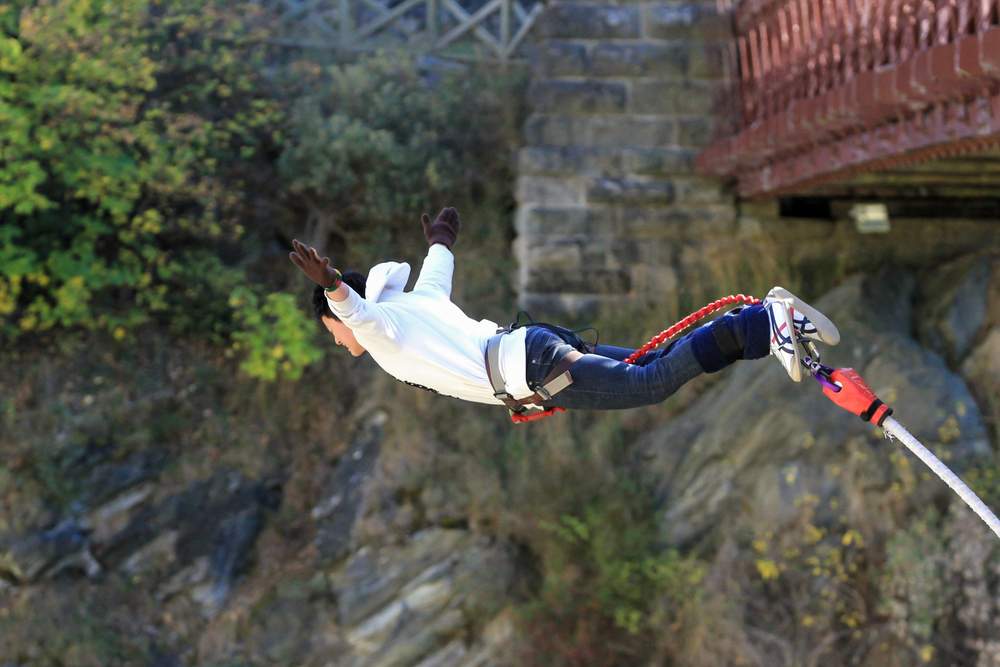
Did you know that bungee jumping was invented in New Zealand? So were jet boats (vessels designed to zoom over shallow, fast-moving water) and zorbing (speeding down a hill in a human-sized hamster ball). It seems like there’s no height too high, no slope too steep, nor speed too unwieldy to be tamed by New Zealanders.
There are a number of reasons a healthy adventure sports industry developed in New Zealand, but perhaps the most influential factor is the government’s no-fault accident compensation policy. If you break your arm on a bungee jump, the government pays for your doctor regardless of whose “fault” it was.
Life without lawsuits encouraged activities to be developed through trial and error — if something goes wrong, there is little risk to the operator. It also encouraged a culture of informed caution and sensibility — because you don’t really want to break your arm, do you?
Practical Information: Rotorua (the birthplace of zorbing) in the North Island and Queenstown (birthplace of bungee jumping) in the South Island are the country’s one-stop shops for adventure activities. If you’re looking for a thrill, you’ll find a variety of adventure activities in either of these towns.
Book an adventure trip in New Zealand
3. You can re-stock your pack on the cheap in Op shops
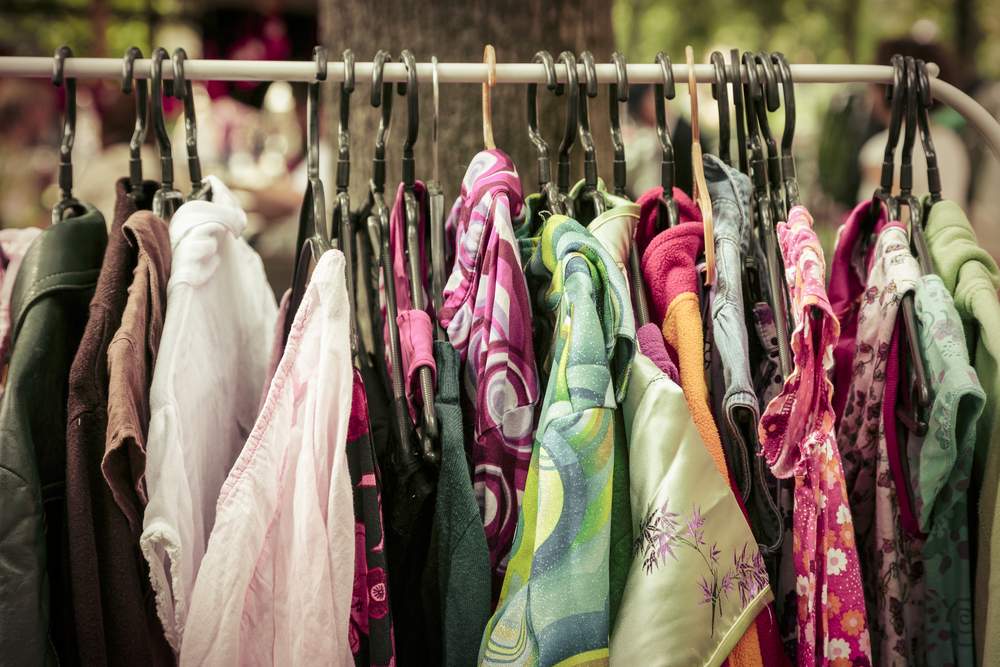
Op shops (which is short for “opportunity shops” and is a much more pleasing way of saying “thrift stores”) are all over New Zealand and are always well-stocked. This is where all things unwanted-but-salvageable are sent, including clothes, tents, sleeping bags, and cooking utensils.
Op shops are a boon for travelers packing light—if you need a jacket or a pair of hiking boots or a few spare t-shirts, hit up an op shop. You can usually fill a suitcase for about $10. And at the end of your trip, you can give it all back.
Practical Information: Op shops are easy enough to spot — the Salvation Army logo will be familiar to a lot of people. For some trendier used items, Cuba Street in Wellington has some funky vintage shops that are worth a look.
Find a hostel in New Zealand
4. Learning about local legends is a breeze

From $10 notes featuring suffragette Kate Sheppard (did you know New Zealand was the first country to give women the vote?) to the statue of Richard O’Brian (who wrote the Rocky Horror Picture Show) as Riff Raff in Hamilton, this celebration of local heroes makes kiwi culture very accessible to travelers. Just flip through a newspaper to get a feel for the cast of characters populating New Zealand history and culture. You’ll also get a strong understanding of the qualities valued here and the kinds of issues New Zealanders care about.
Practical Information: If you want to get a feel for local culture before you arrive, www.stuff.co.nz publishes content from most of New Zealand’s major newspapers.
6. Artists don’t starve here
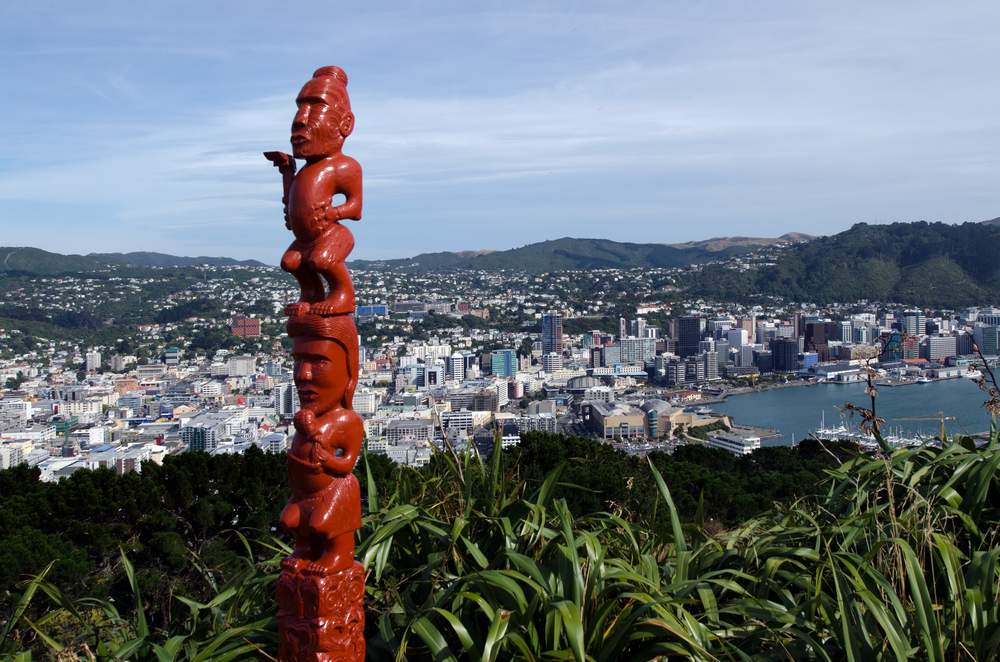
It’s not that the US doesn’t produce exceptional artists (it does and possibly partly due to the high-pressure achievement culture), but New Zealanders do take a much different approach to work. Thanks to a slower pace of life and a supportive social welfare system, it’s not a risky dream to try and make it as an artist. As such, the number of plays, concerts, festivals, and gallery openings in New Zealand’s cultural centers is wonderfully high.
What this means for travelers is an abundance of opportunities to see the creativity that life in New Zealand seems to inspire.
Practical Information: For the best access to New Zealand’s art scene, spend some time in the two biggest cities: Auckland and Wellington. Though it’s a bit smaller, Dunedin’s a college town with a decent live music scene. Try www.eventfinder.co.nz to find out what’s going on near you.
7. Nature’s protected but easy to access
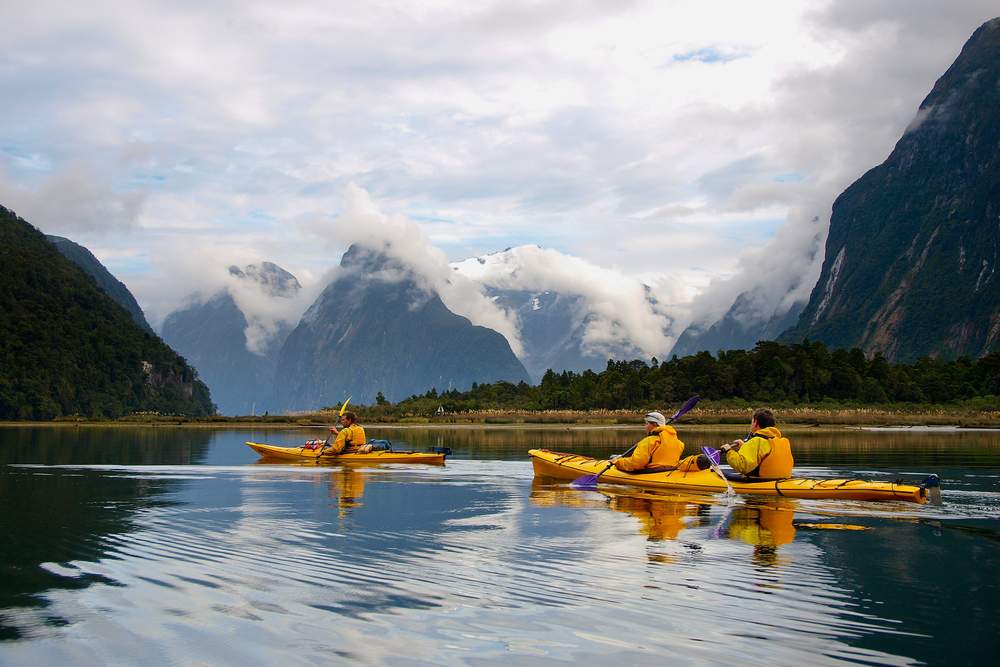
Compared to other developed countries, the countryside’s relatively untouched because of two things: low-population density and the fact that New Zealanders have chosen to protect the most scenic areas as parks rather than plant them with condos and chain restaurants. A network of trails, campsites, and huts have been sewn through the country by the Department of Conservation, allowing everyone free access to the glaciers, beaches, forests, mountains, and lakes.
Nature is part of New Zealand’s identity — look for an array of native birds printed all over the currency and the fern fronds on flags and rugby jerseys — and its protection is considered paramount.
Practical Information: The Department of Conservation’s website is the first stop for anyone planning an outdoor adventure in New Zealand. The site has maps and descriptions of trails and places to stay along the way. Be sure to read the descriptions carefully — some trails are suitable for experienced and well-equipped hikers only. For your own sake, don’t second-guess their recommendations.
To read more about New Zealand, check out the following articles and resources:
- New Zealand Indie Travel Guide
- Nine New Zealand Wine Regions You Should Know About
- 7 Stunning Lakes of the South Island of New Zealand
Photo credits:Naruedom Yaempongsa, Pichugin Dmitry, Pumpchn, Armin Staudt, munalin, ChameleonsEye, Pichugin Dmitry, Nicram Sabod.